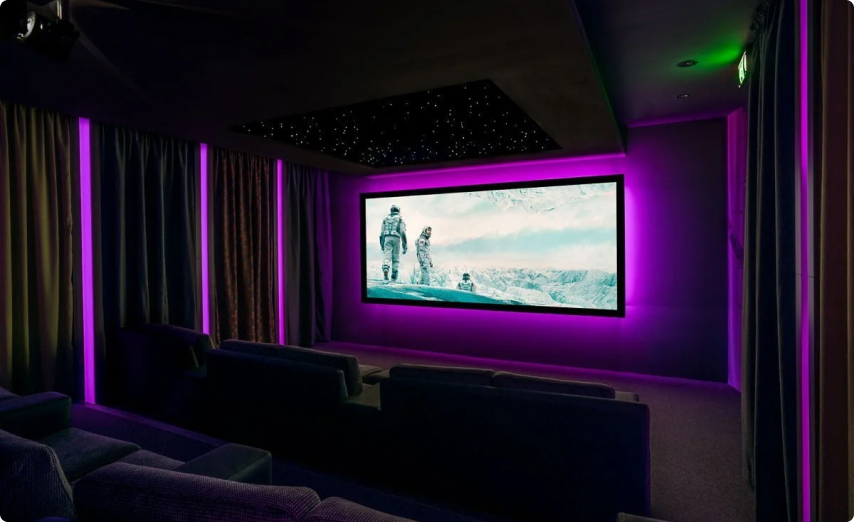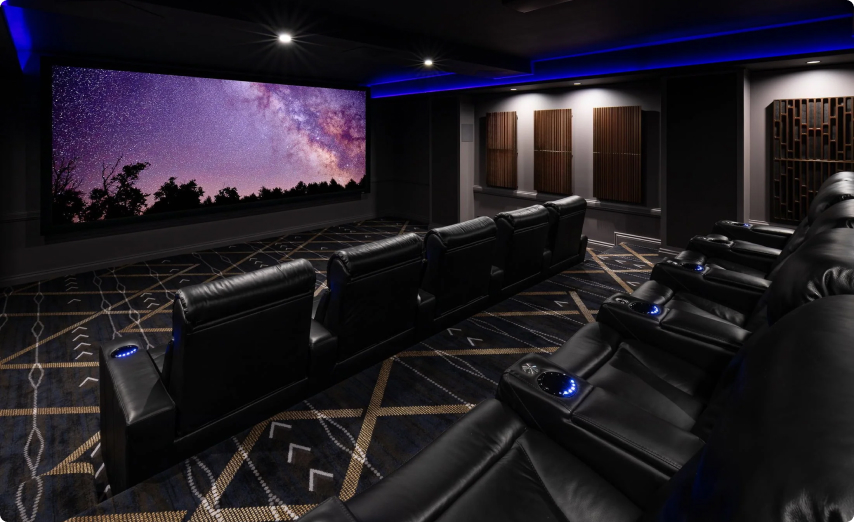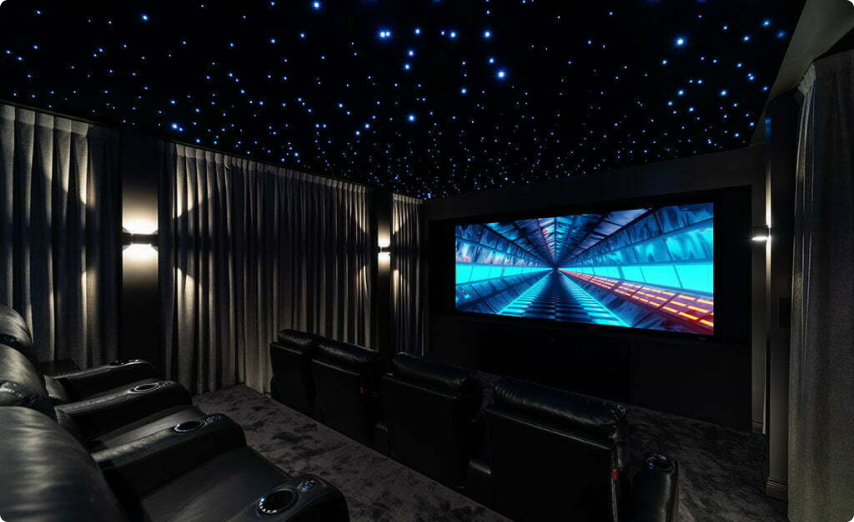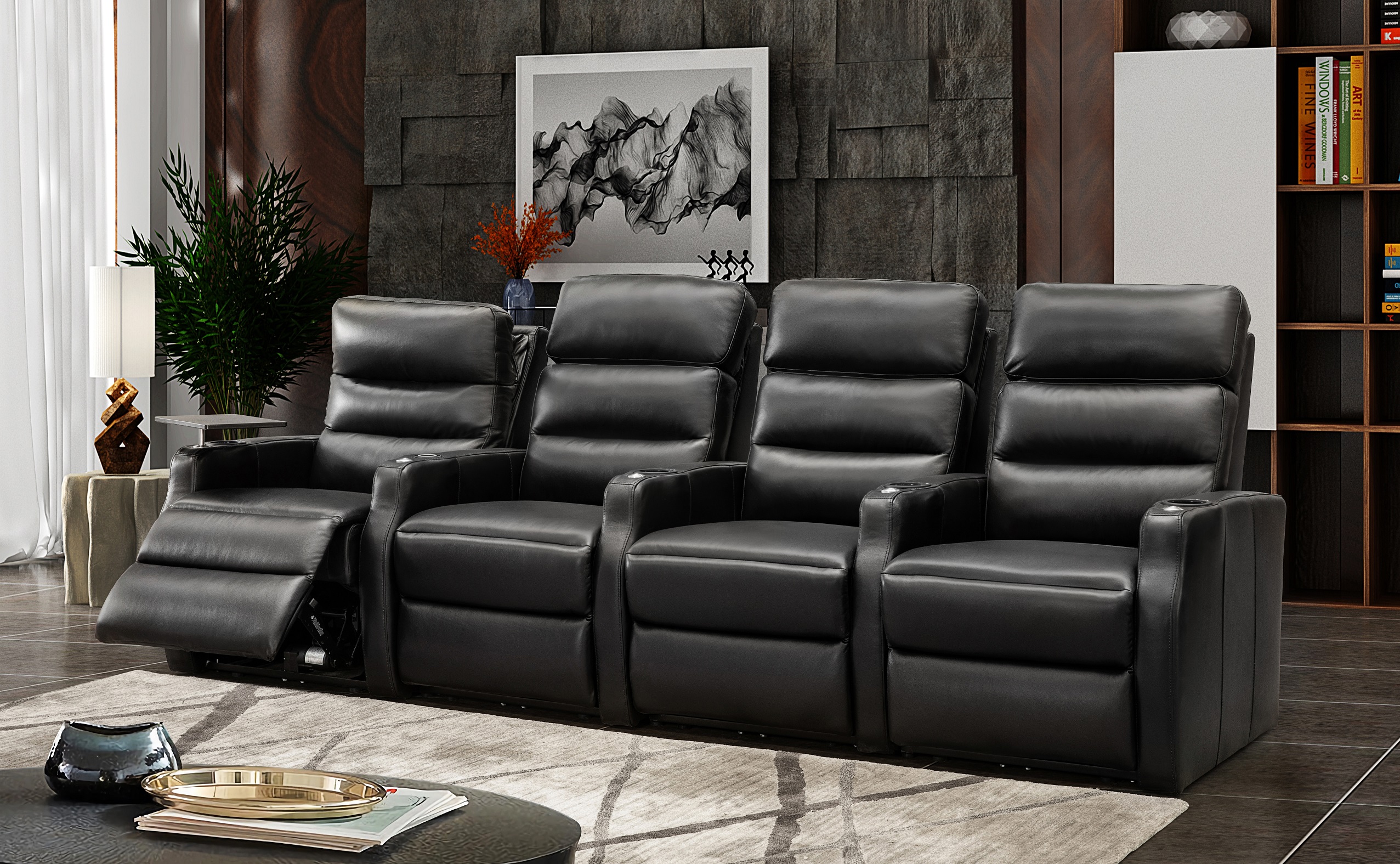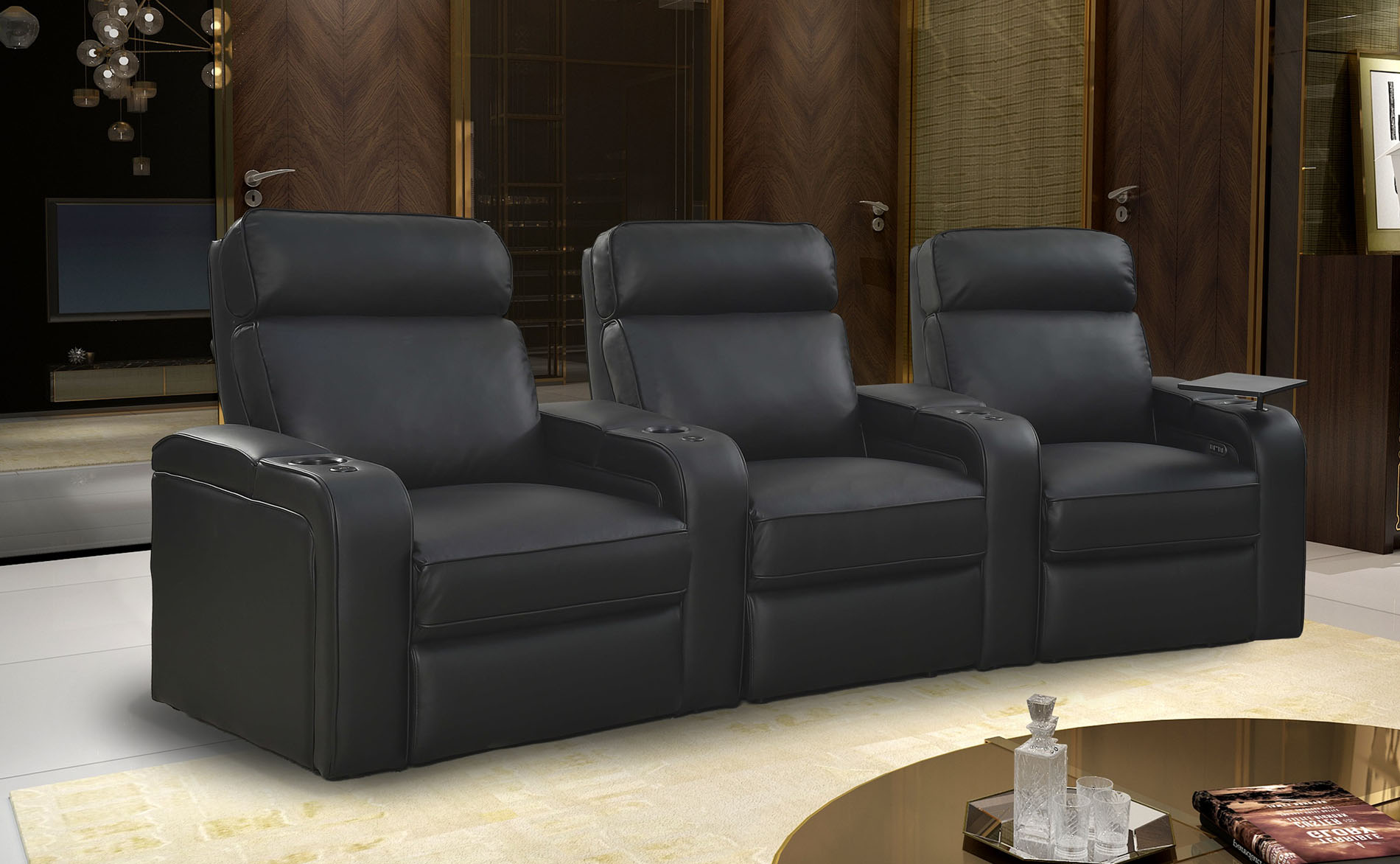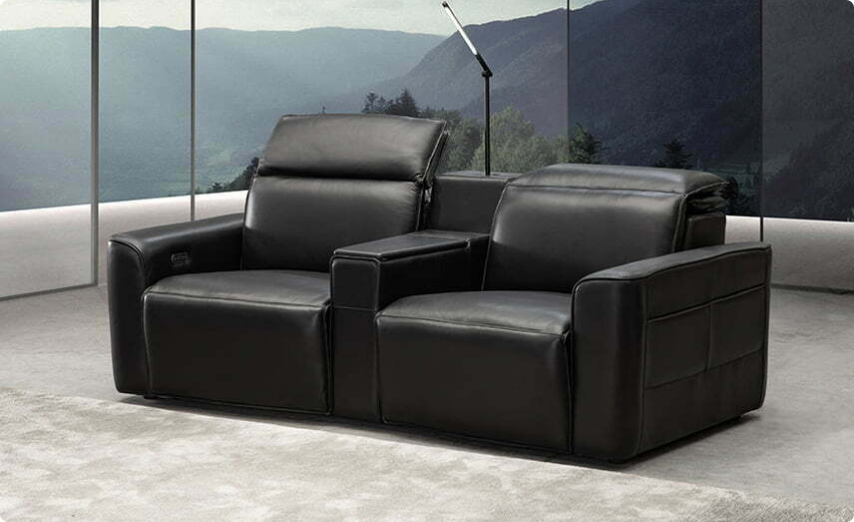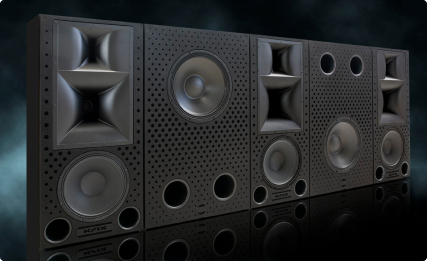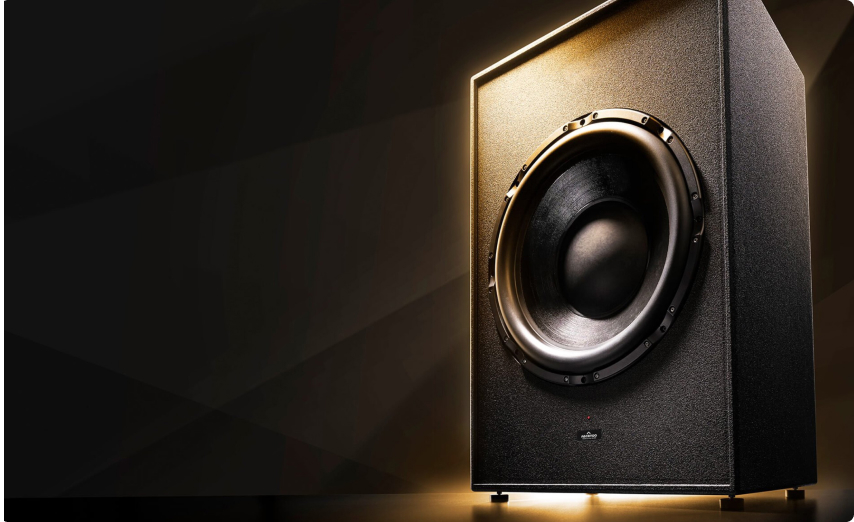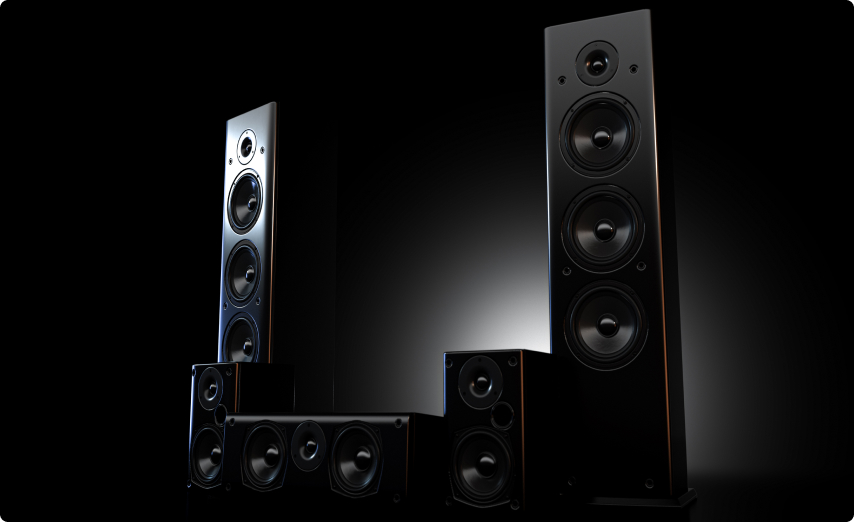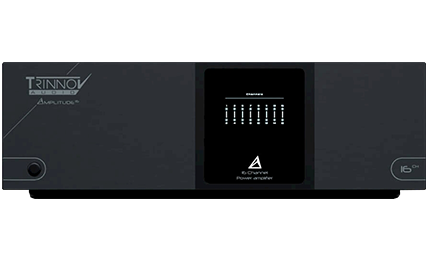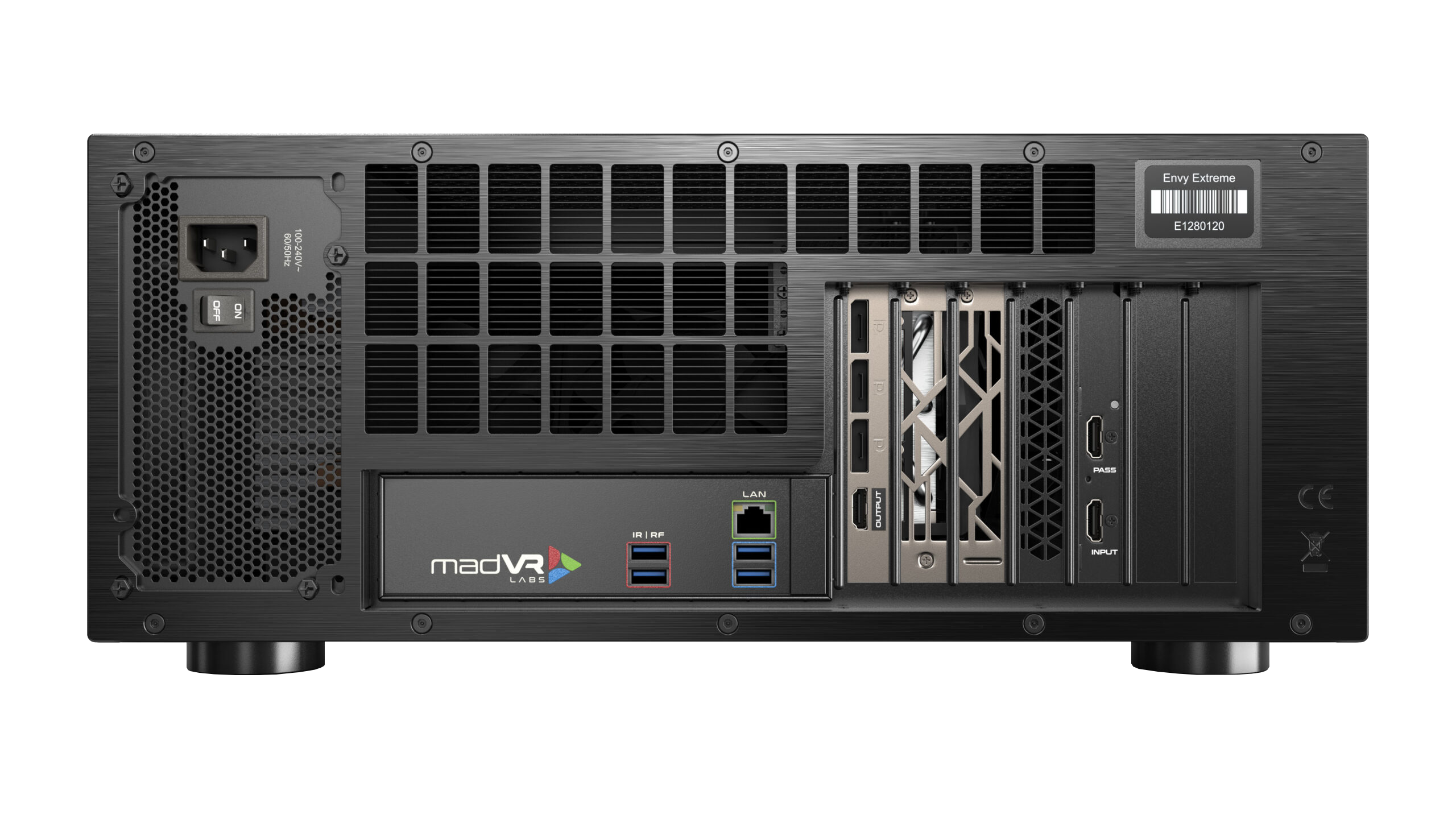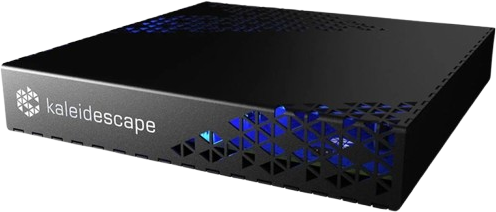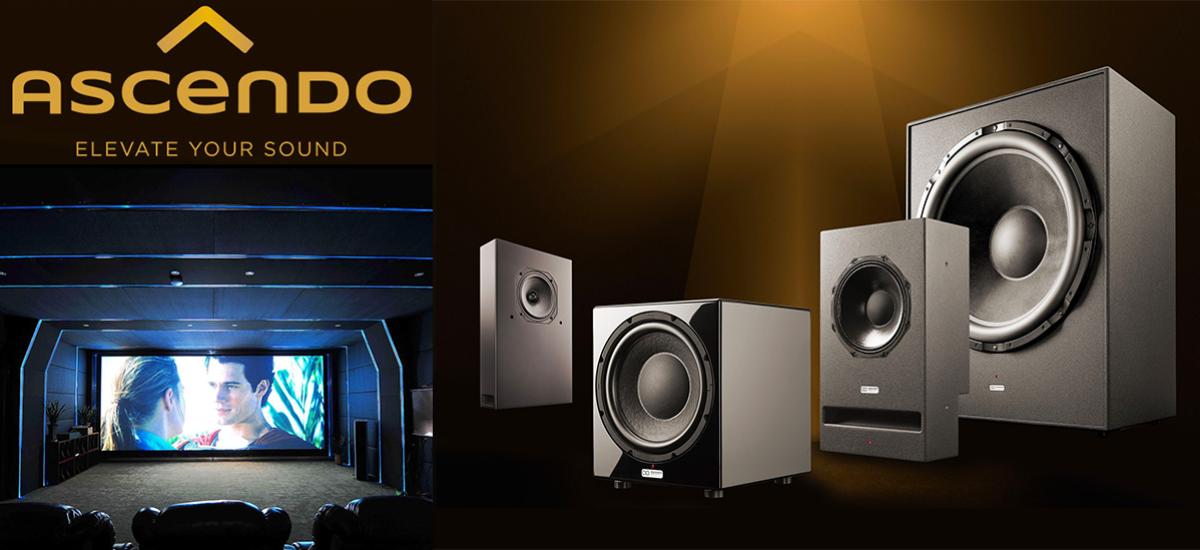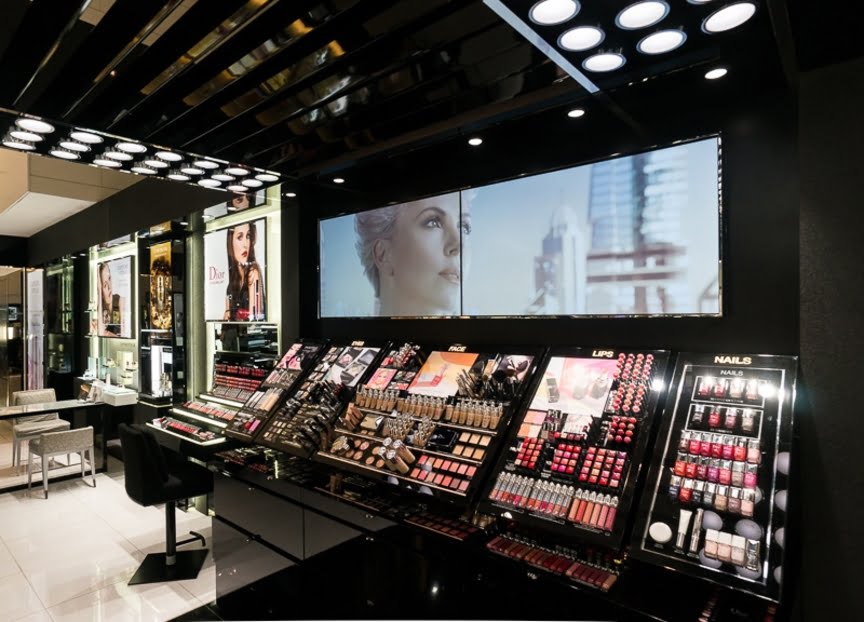Blog article
What is an Anamorphic Lens and CinemaScope Widescreen?
If you are looking for the ultimate in home theatre design look no further than a Severtson Screen for the stunning ‘acoustically-transparent’ quality.
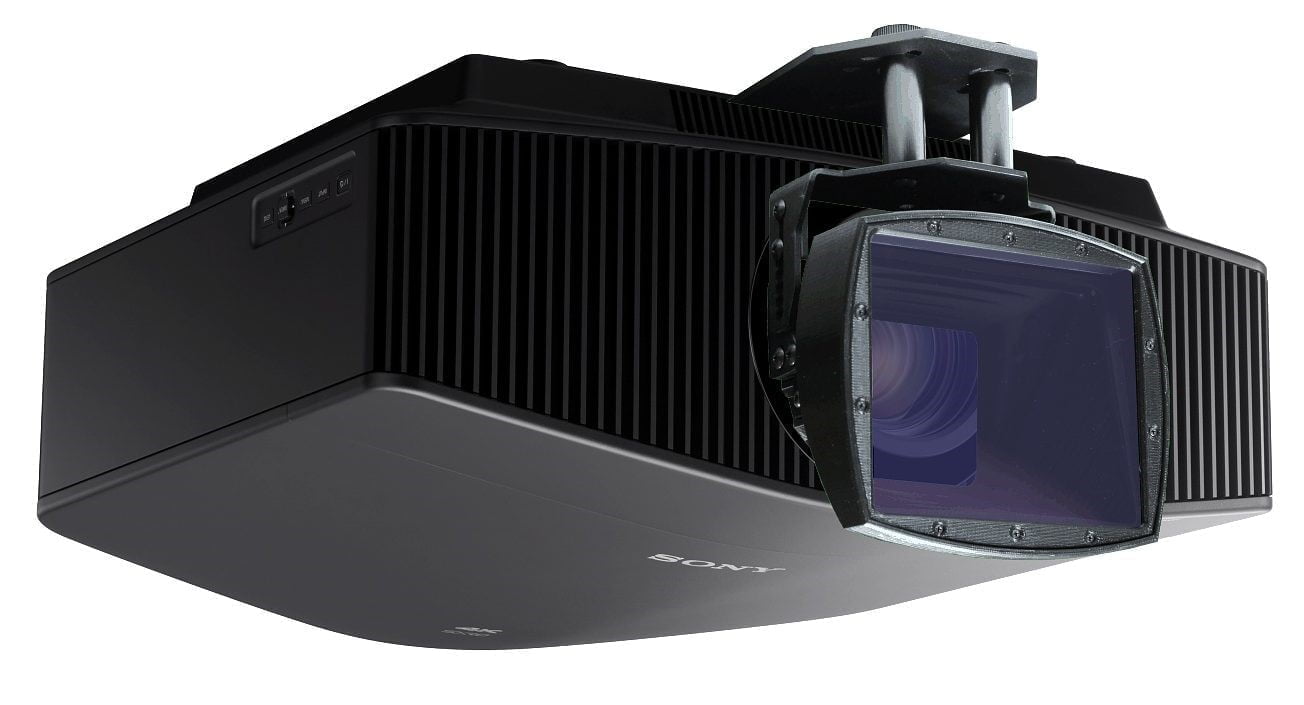
From time to time, we get asked a fundamental question when it comes to home cinema. This question relates to image quality on both LED Tvs and Home Cinema Projectors.
The question?
Why do I have “black bars” on the top and bottom of my picture?

The first thing we can confirm is that in most cases, your projector is not faulty. Your projector is simply displaying the image in the format the media platform (such as Blu-ray or Apple TV, etc.) is commanding it to.
Think about it- if you just purchased a premium 4K projector, why should you lose 30% of the onscreen image to black bars? We agree with our customers when they say it seems like a waste of such a big screen. The good news is, we can help with that!
At The Digital Picture, we introduce the brand Panamorph during several of our design consultations. Panamorph is a brand of fixed anamorphic lens which is installed on the front of your existing projector lens. Using an Anamorphic Lens has multiple benefits once installed.
Step 1: We choose a Cinemascope wide screen, the same 2.4:1 aspect ratio as most movies are shot in. They key here is to keep the same image height as your regular 16:9 screen. This is referred to as Constant Image Height (CIH)
Step 2: We set up your projector so that the cinemascope image of 2.4:1 fills the entire area of your new ultra-wide screen. The regular black bars will now be projected outside the top and bottom of the screen frame.
Step 3: We install the fixed anamorphic lens in front of the projector and align the optics for perfect sharpness across the entire image. The new lens then vertically compresses the entire projected image (including black bars) into the cinemascope screen size. This will result in an image that looks vertically compressed and faces are too wide, however we are now displaying all of the projectors 4K pixels on the screen so no detail or brightness is being wasted.
Final Step: We activate the cinemascope mode on the projector to vertically stretch the image and remove the black bars from the screen. This fills the entire screen with picture at the correct aspect ratio and no black bars. For 16:9 content the projector has a mode that will fit the 16:9 image into the centre of the screen with black bars down each side. The switching time is instantaneous between each mode.
Our customers are then able to watch all content with the image filling 100% of their new cinemascope wide screen. That means no more black bars or any type of black areas on the picture display.
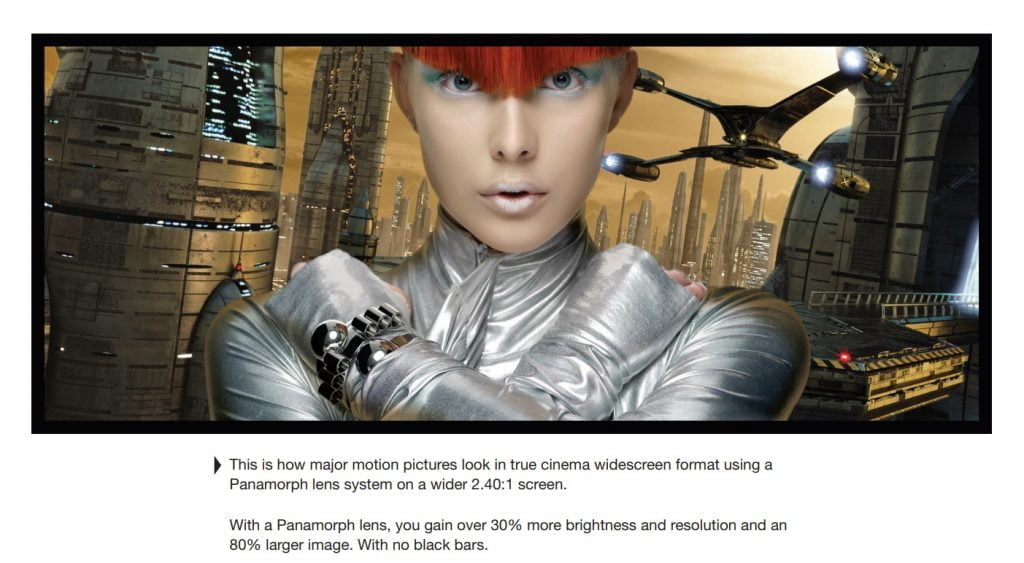
There are no moving parts or electronic processing required to achieve this. A Panamorph lens is the fastest and one of the best ways to achieve a Cinemascope widescreen image at home.
A Pamamorph lens can do a lot more than just remove black bars. Fitting an Anamorphic Lens can increase image brightness and the quality of the picture. Also, since the picture now fills the entire screen, the perceivable contrast is increased because all sides of the image now bleed on to the black border of the screen.
If you have black bars on your screen or wasted projector pixels, please contact The Digital Picture today to enquire about an Anamorphic Lens?
If you would like to know more information about Panamorph Lenses and the current range of products, contact The Digital Picture today.
Contact Details: http://thedigitalpicture.com.au/contact-us/
After meeting with you, we develop exclusive designs that will maximise the performance of your home theatre system and complement your individual style. Our full suite of engineering, architecture, interior design and installation services streamlines the process, ensuring we are able to maintain your vision from first concepts through to completion.

